Where is Waipiata?
That’s pretty much what I asked when I first heard about Waipiata. Little did I know that I actually cycled past it when we rode the Otago Rail Trail about 8 years ago.
Leaving our camping spot after spending 3 days exploring St Bathans (see my previous blog), we headed to the small settlement of Waipiata, the Domain was to be our choice of spots for a few nights. Just a 43km drive for us today. Check out the map below.
Waipiata Domain
The Waipiata Domain (NZMCA#8765) is located across from the Otago Rail Trail (ORT). It is a large flat area surrounded in tall, skinny pine trees. A new flush toilet and non-potable water are also on site. We saw large drums which I’m presuming is for rubbish.
It’s a great spot if you are wanting to explore this section of the ORT and all they ask for is a donation. It is great to have spots like these we can still enjoy.

there’s certainly room to move – it was a quiet time at the Domain
There is a new sign which states only a 3-night stay is allowed and Self Contained Vehicles only. Good luck with them enforcing that as I understand many families make it their campsite for longer periods of time than that. There were also cyclists who set up their small tents as they traverse the ORT, and it is still advertised on other apps as ‘tent friendly’.
Waipiata Country Hotel
It would be fair to say that the heart of Waipiata, would have to be the Waipiata Country Hotel, and just maybe, one of the reasons for us stopping off. It just happens to be conveniently located across the trail from the Waipiata Domain.
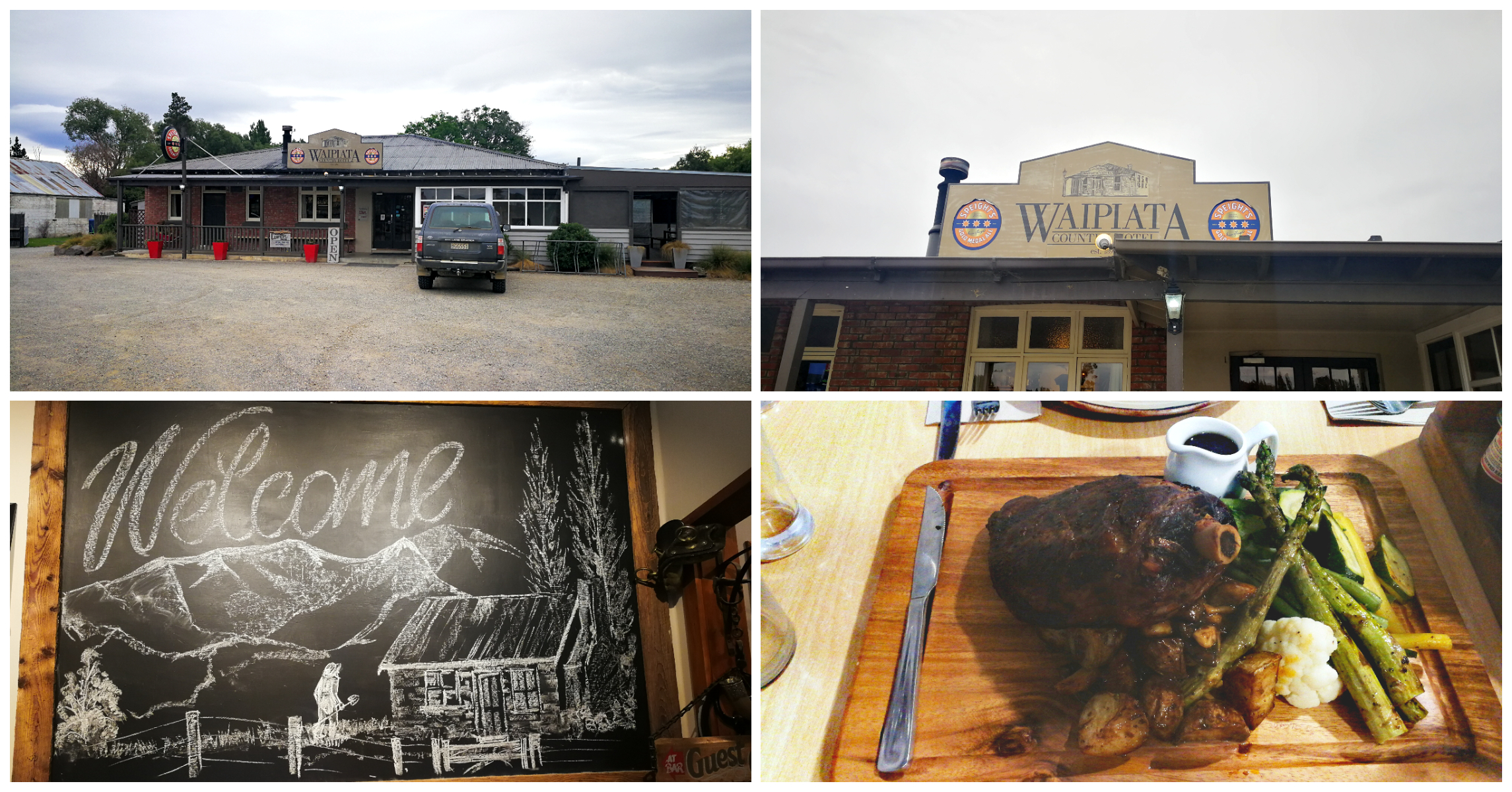
certainly conveniently located close to the ORT and Domain
They have an excellent reputation for great food and hospitality within the travelling fraternity so it seemed like a ‘no brainer’ to check it out. Of course, just to make sure it was as good as what we had heard.
Well, I can confirm the rumours. We enjoyed a couple of hot dinners while we were in Waipiata and it is certainly worth a stop.
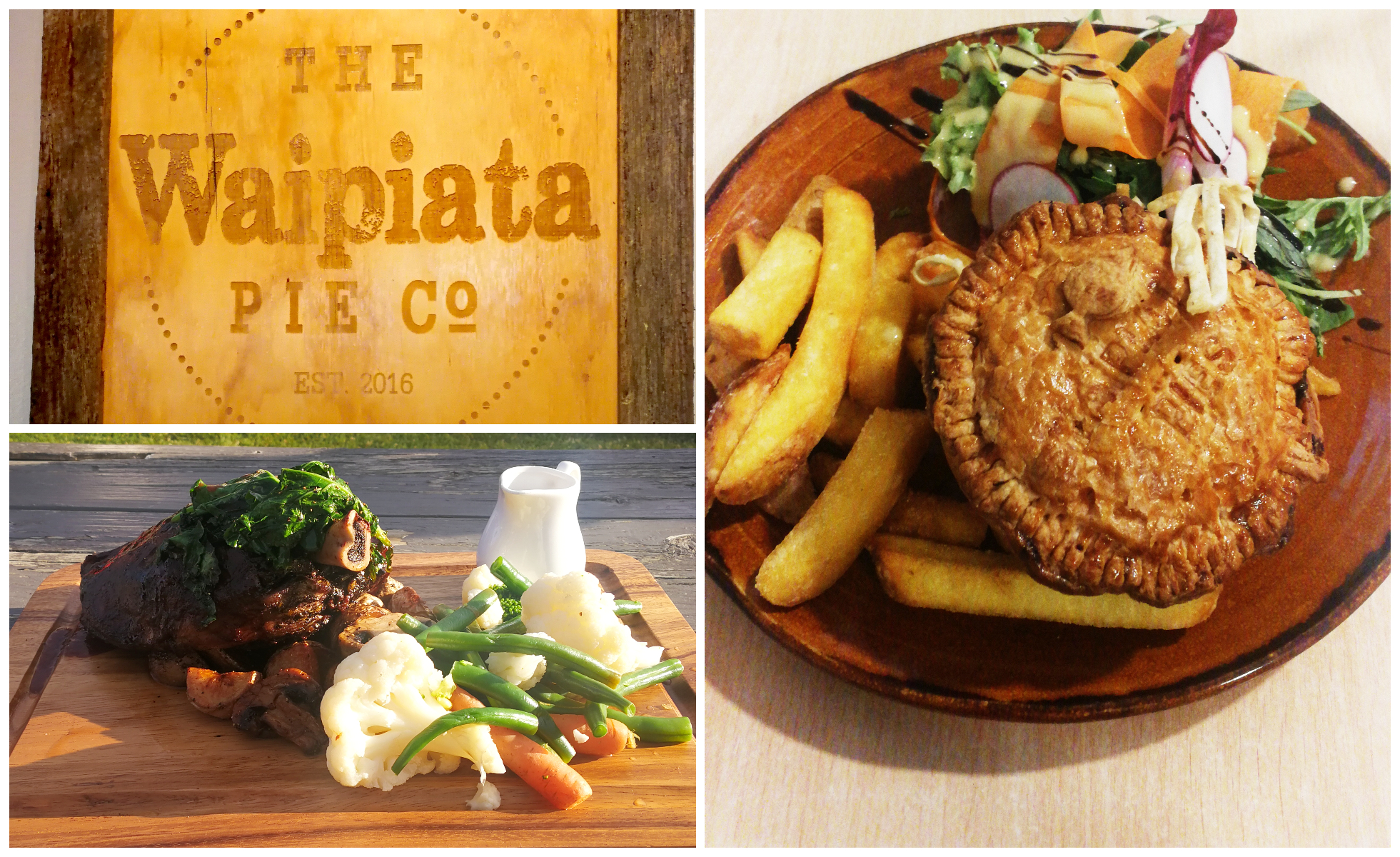
Okay, I admit that we may have visited on more than one occasion!
Waipiata History
The opening of the railway really ‘kick-started’ the formation of the towns of Ranfurly and Waipiata in 1898. There is very little left of the bustling railway town. The hotel is the second version of the original as fire destroyed the first structure. It has been serving patrons since 1899.
As you leave Waipiata, keep a lookout for the historic ‘Green Bridge’, constructed in 1896. This is the only flood-free crossing of the Taieri River in Maniototo.
Hamiltons
Located just 10km from Waipiata is the now non-existent settlement of Hamiltons. Back in 1863, gold was discovered in this area located on the northern slopes of the Rock and Pillars. Named after the runholder, Captain Hamilton, it became a flourishing town for a few years. During its heyday, its population reached 4,000 with some 25 hotels and 40 stores.
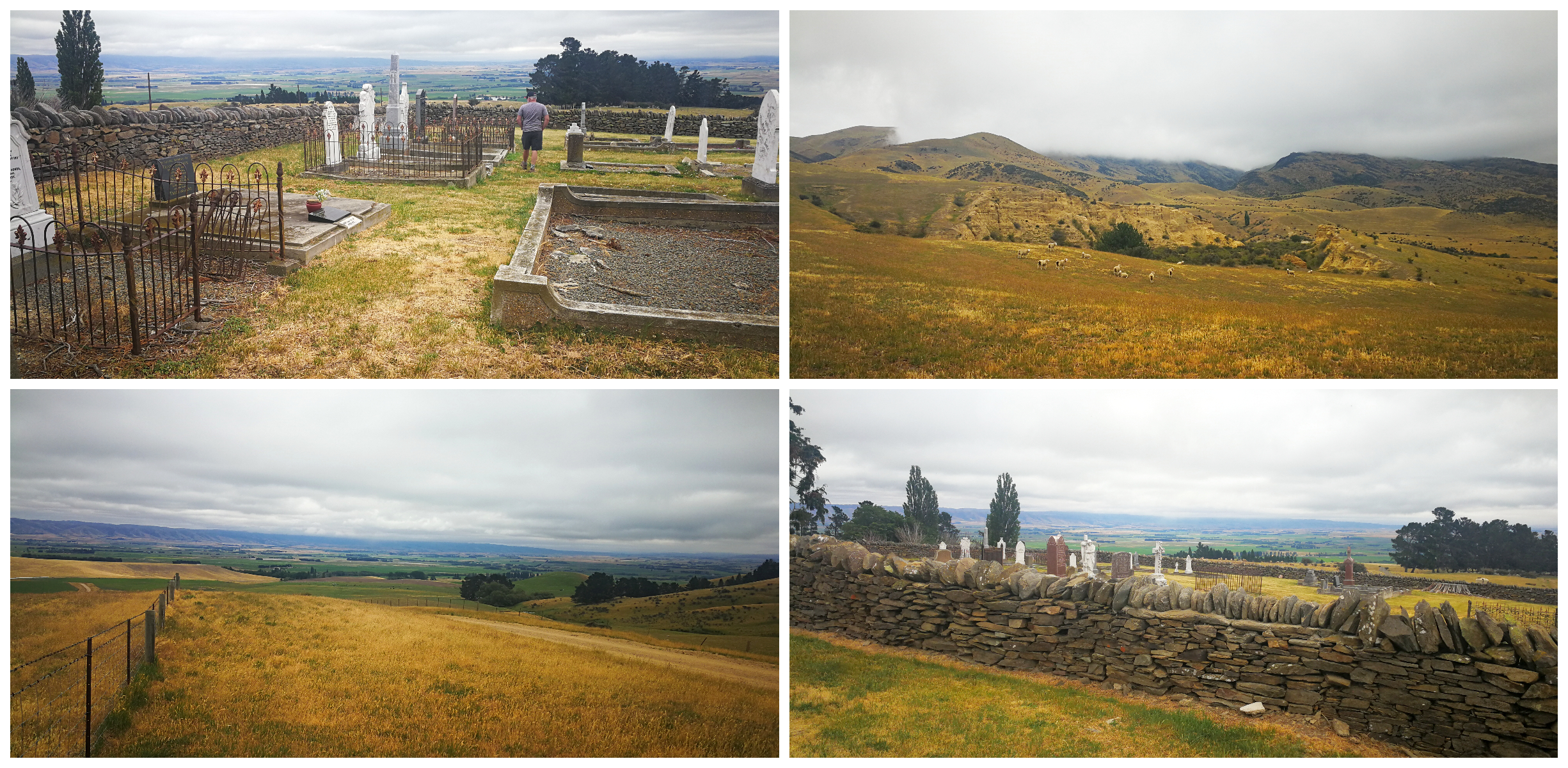
the cemetery is all that is left of the bustling town
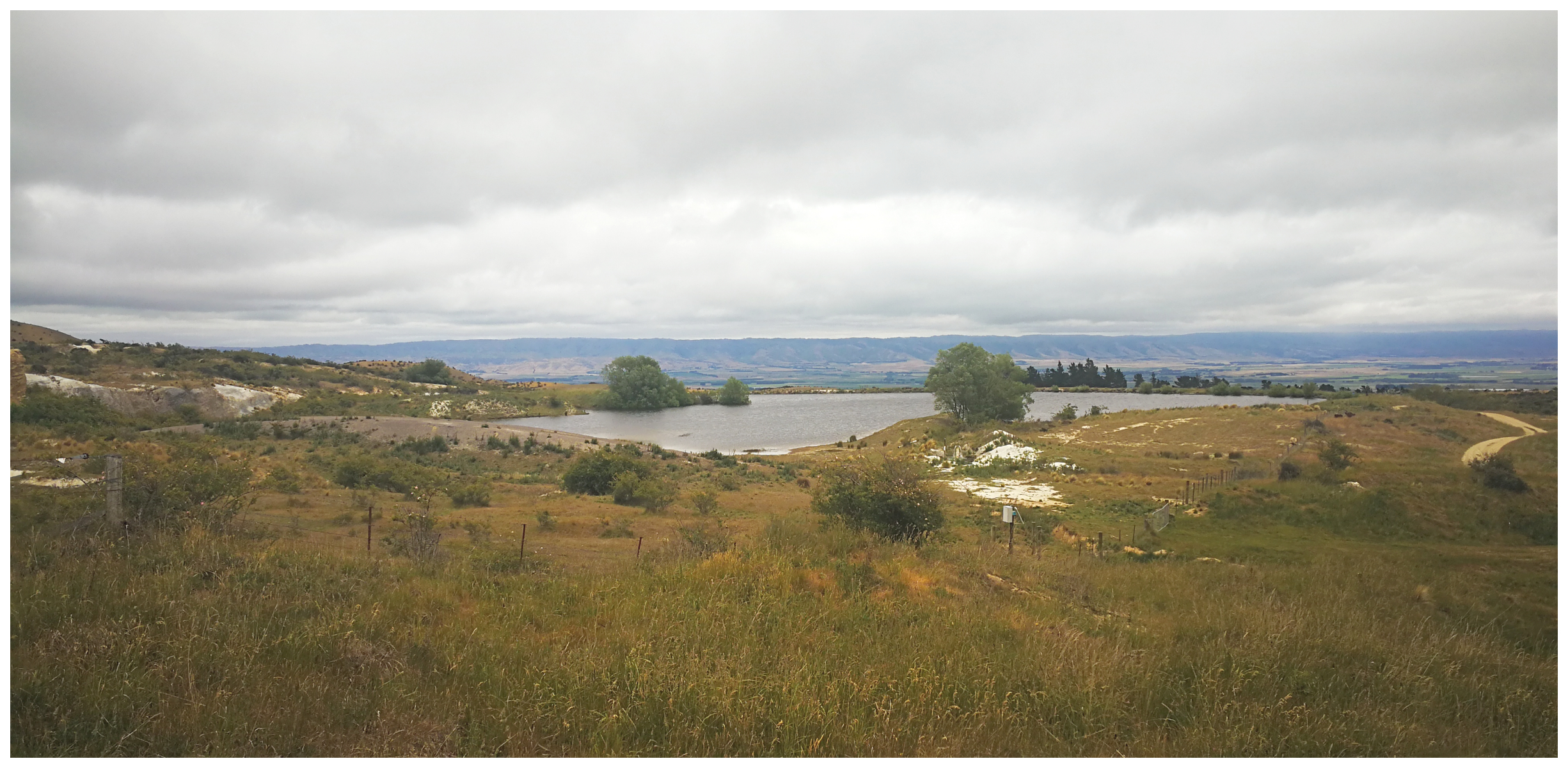
the dam is still in use today for irrigation
Its existence was however short-lived as the gold diminished and by 1870 most miners were gone, and the town went into decline. All that is left is the scarred areas of mining, a dam which was used for sluicing, water races and a cemetery.
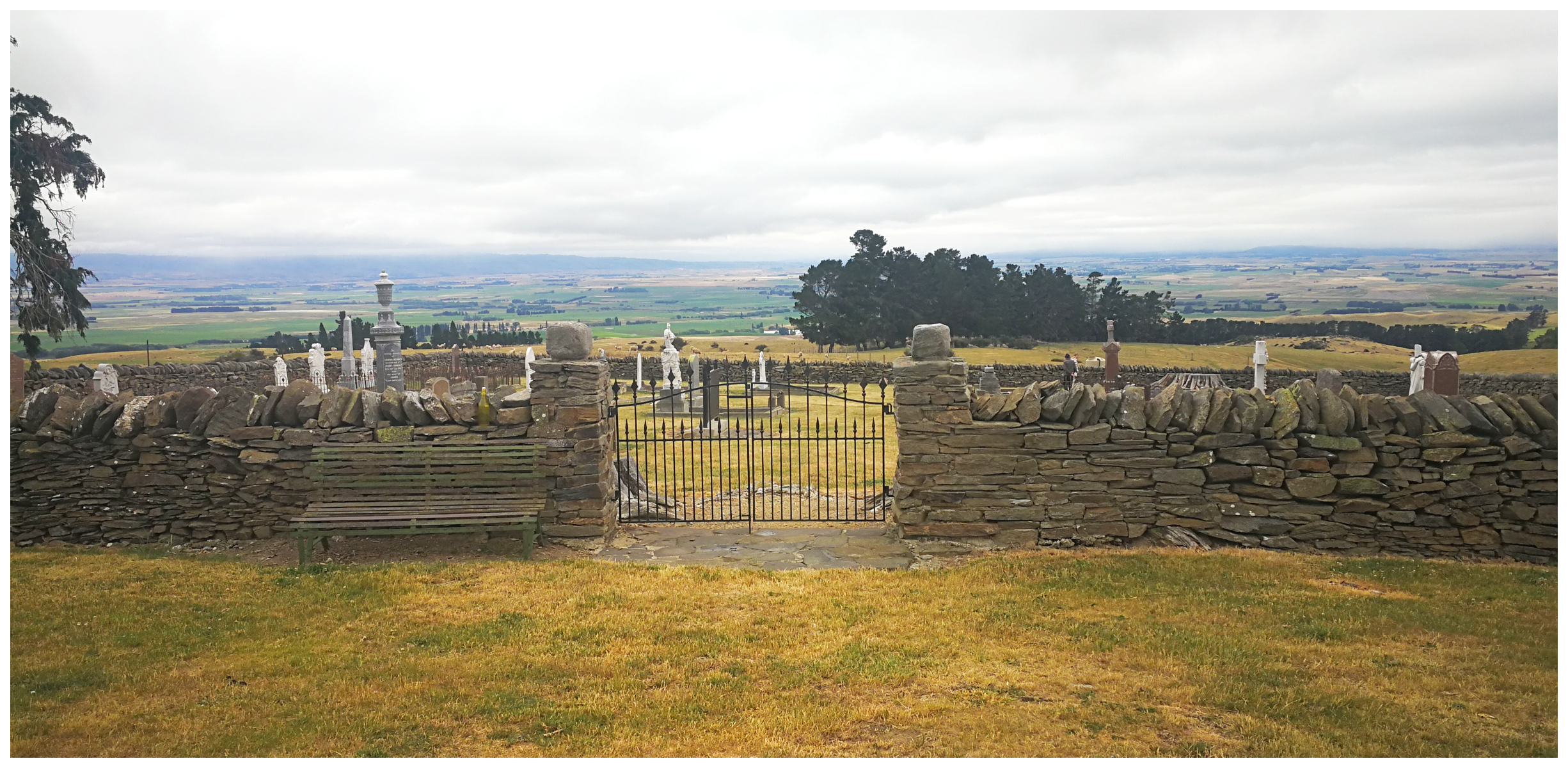
it is a real credit to those who were involved in the restoration of this stone wall
Sitting on a prime spot, the cemetery commands beautiful views over the Maniototo Plans. There is a beautiful stone wall which has been painstakingly restored by the local Rotary Club. The work they have done to revive this slice of history is a real credit to them.
It is a peaceful spot and as we wandered the cemetery, it provided a bit of an insight into the early history of the Maniototo.
Waipiata Sanatorium
Just a little further down the hill from the Hamiltons Cemetery we found what was formerly the Waipiata Sanatorium. It opened in 1923 and was one of five hospitals set up to reduce TB in NZ’s population. Patients could spend years here.

there are a lot of substantial buildings in the process of renovation
Construction started back in 1914 and its location was chosen as it was considered a suitable cure for tuberculosis (consumption as it was known as back then).
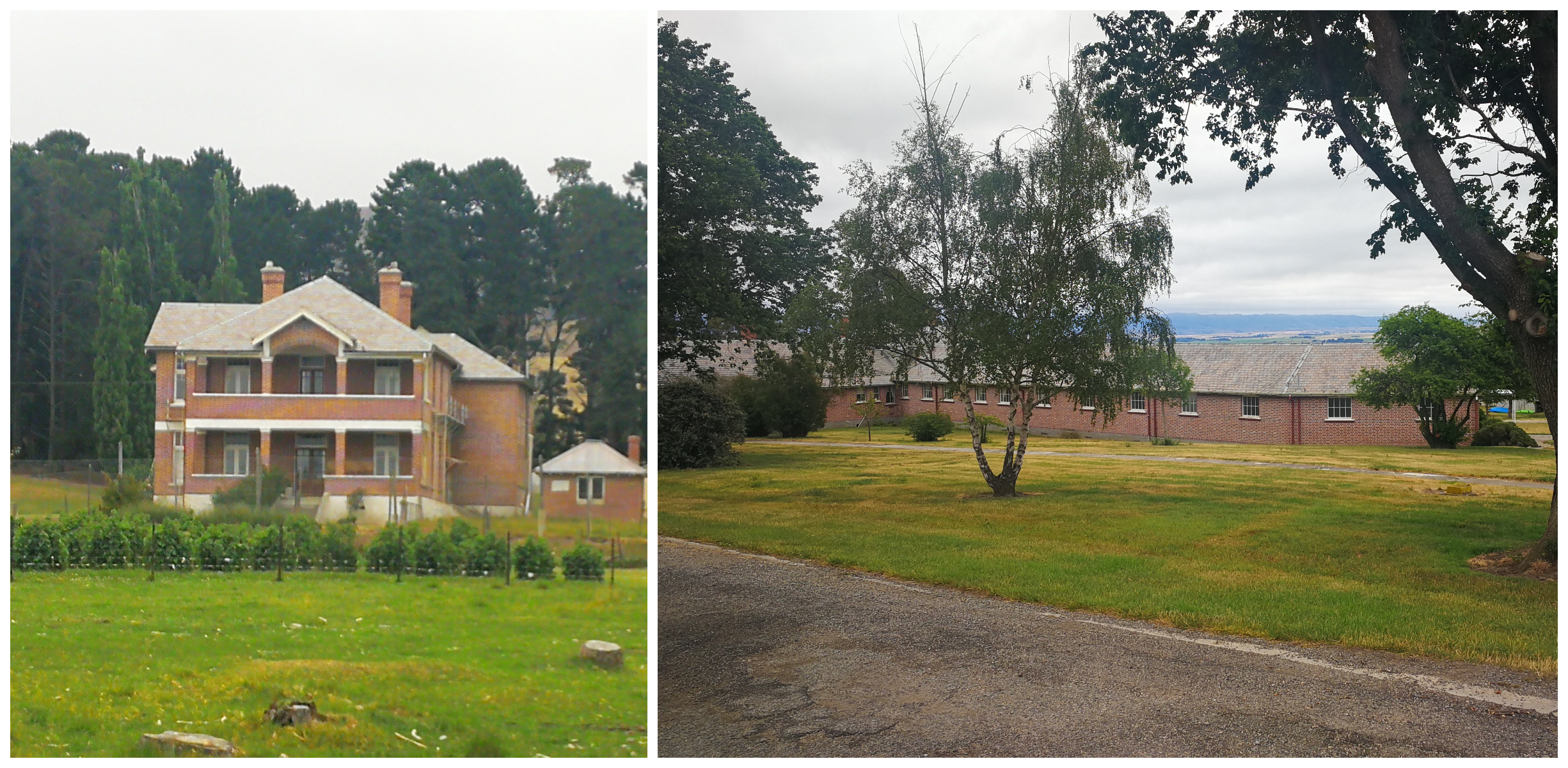
the old staff quarters and 2nd large ward overlooks the stunning valley below
Those poor patients were often wheeled out onto the open balconies and the windows were never closed, even in the middle of winter. The night nurses would have to do their rounds, replacing frozen hot water bottles in the patient’s beds! Even umbrellas were used to stop the snow from settling on them.
Over the years, the Sanatorium grew with ward blocks, admin building, operating theatre block and houses for staff and a farm. Over 5,000 patients were treated during its time and records show that only 61 people died at the facility.
Closed in 1961
After the Sanatorium closed in 1961, it became a youth correction centre for the Justice department in 1979.
It is now privately owned and is known as a Christian retreat called En Hakkore.
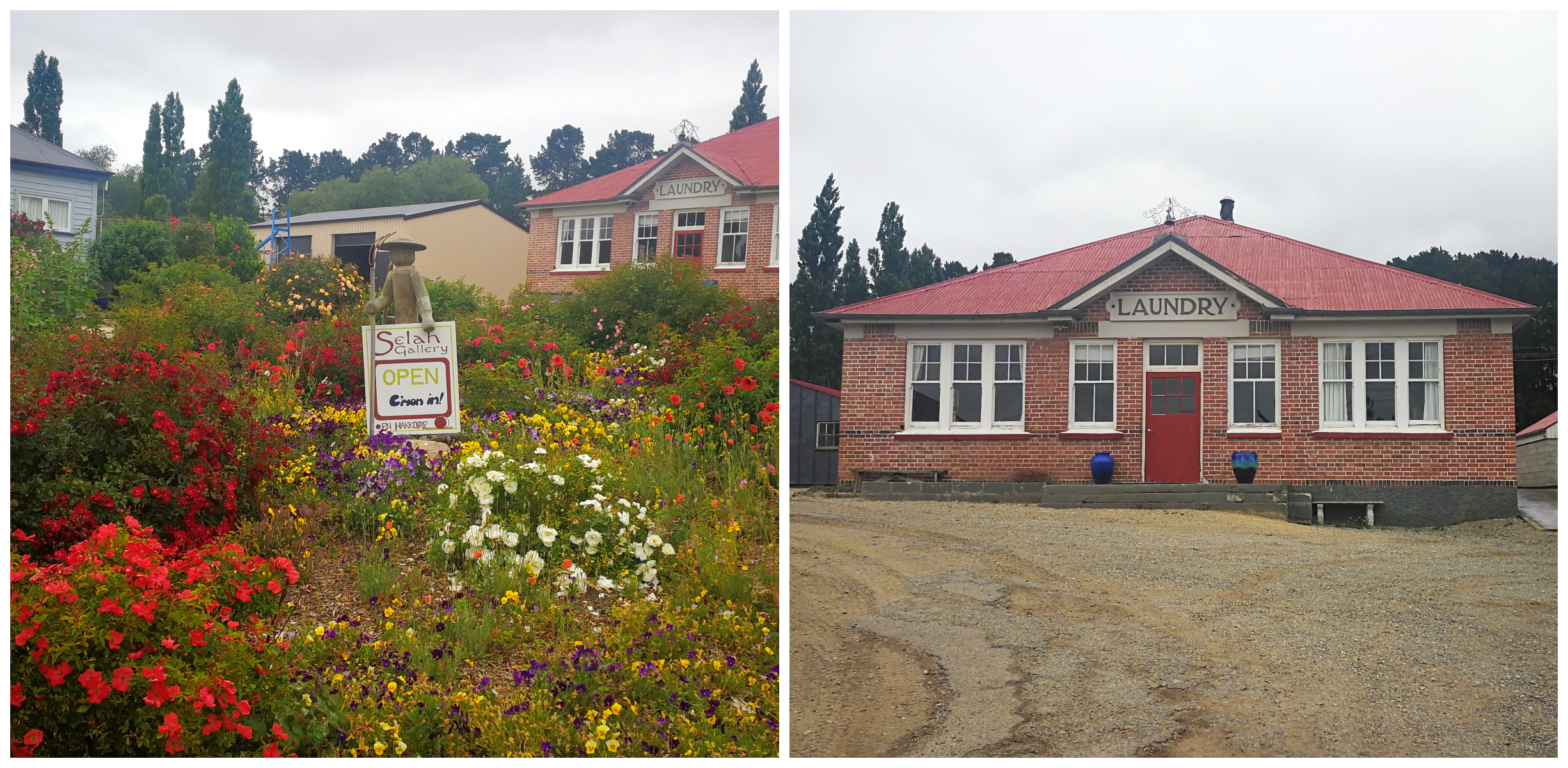
the Art Gallery, situated close to the old Laundry building
We took a drive through the main entrance and parked up at the signs indicating Art Gallery. We had a quick look around, aware that we were on private property and not wanting to impose too much. There wasn’t anyone around and the gallery was closed. I have been told that the owners are only too happy to talk to visitors and tell the story of the Sanatorium.
Today, many substantial buildings remain. As we drove around we gained a sense of how significant this facility was in the treatment of a dreadful disease that can thankfully now, be treated with drugs.
Patearoa
Just a 15km drive from Waipiata is the township of Patearoa (formerly known as Sowburn). This town came into being in the 1870s as its close neighbour Hamiltons declined. Many of its new residents were miners but as the gold diminished, many of them turned their hand to farming.
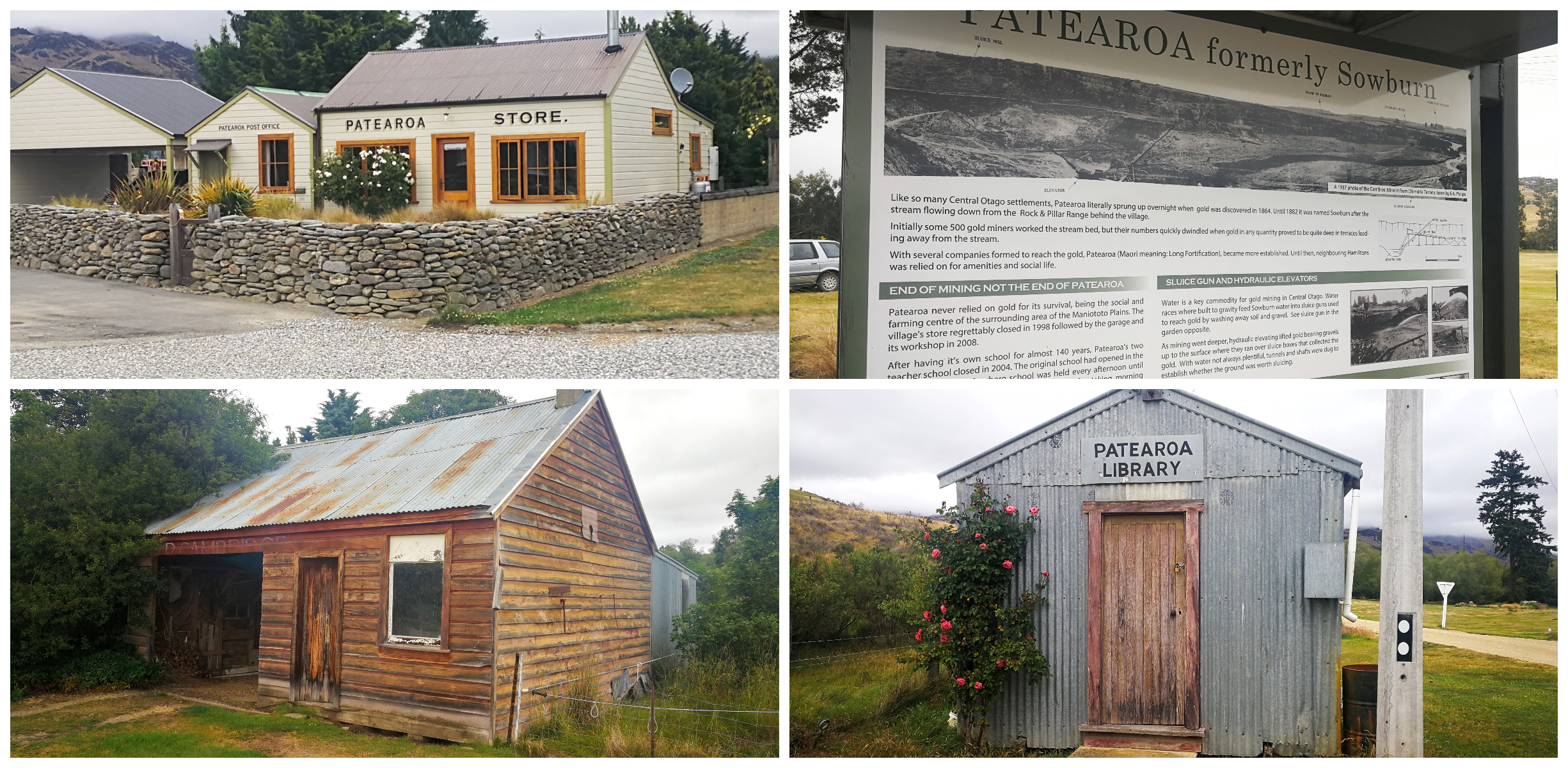
restored holiday homes mix with the original structures that make up Patearoa – which includes possibly the smallest library I’ve ever seen
Many of the original mud-brick cottages remain and have been turned into quaint holiday homes.
Sowburn Walk
We parked up at the Sowburn No 2 bridge beside the Sowburn River which meanders out of the Rock and Pillar Range high above the township. This is also the start of the Sowburn Walkway.
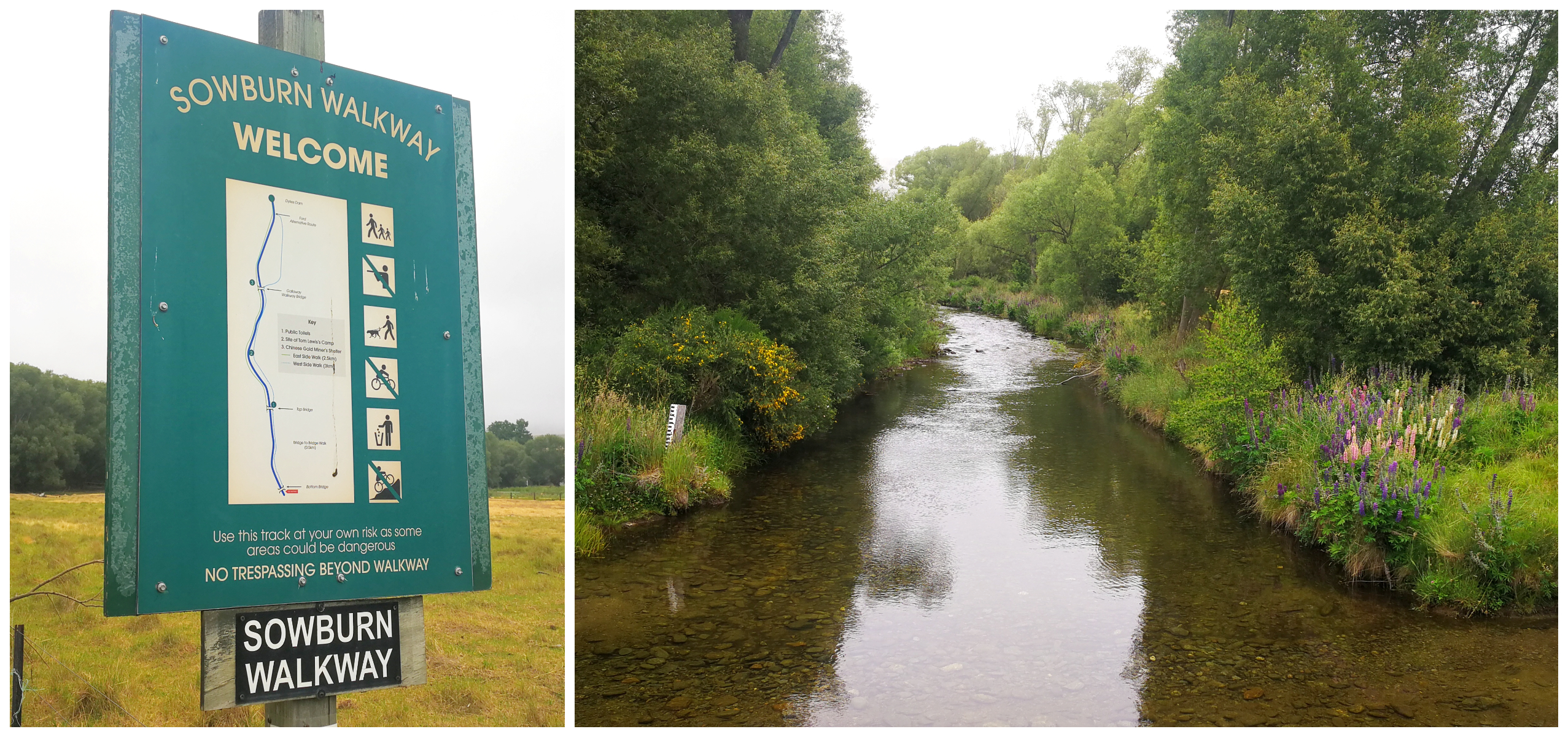
signage points you in the right direction
It is a pleasant shady track which hugs the river and opens out onto the next bridge which is a popular swimming hole for the locals on these hot summer days.
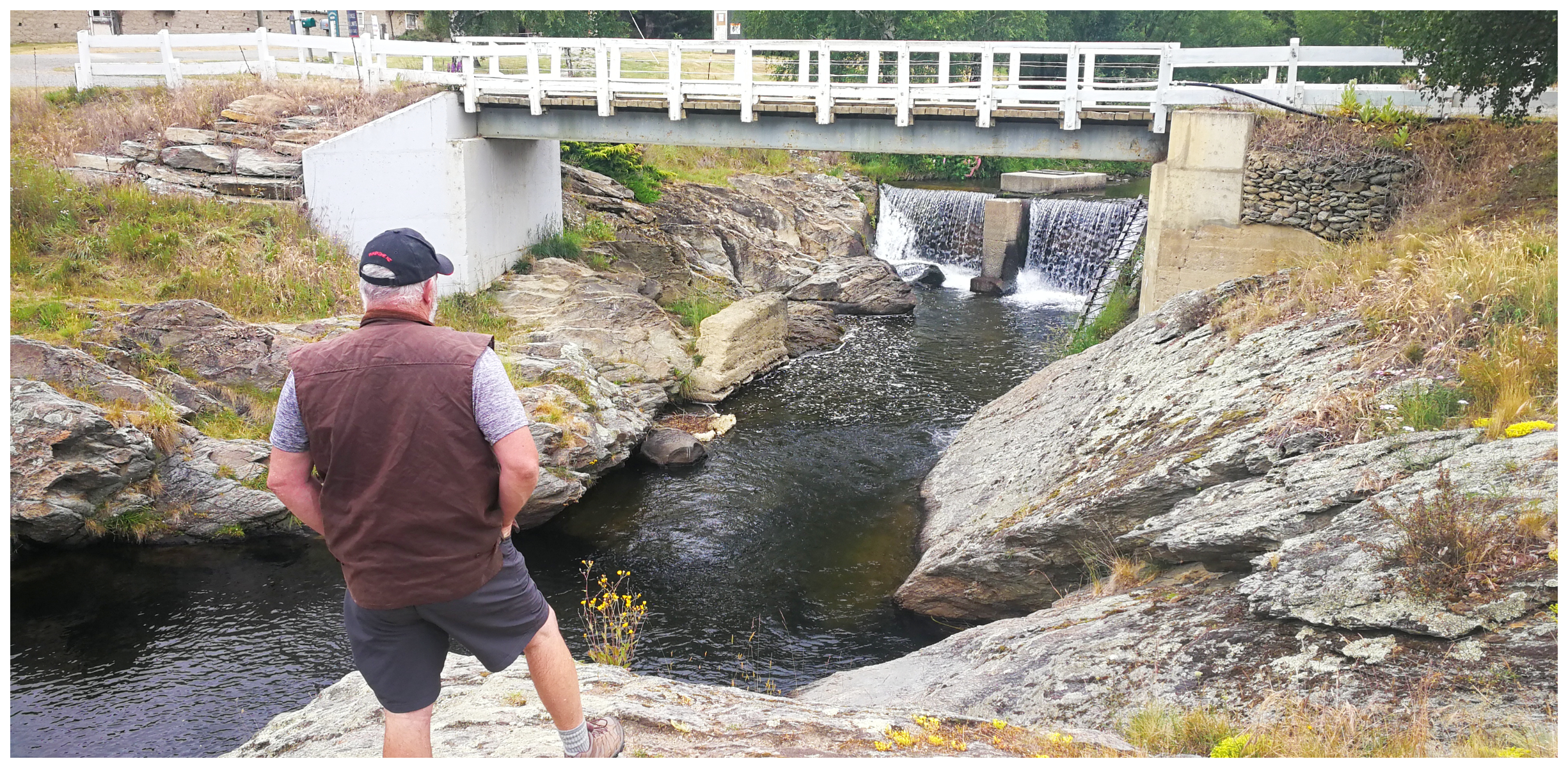
a popular swimming hole with the locals
We continued on to part two of the track and soon saw evidence of the remains of massive sluicing activities that went on in the area. Leaving behind the tell-tale scars of the white porous soil still exposed after all these years. Regeneration is slow or non-existent in the areas where all the soil and vegetation was washed away to get to the gold below.
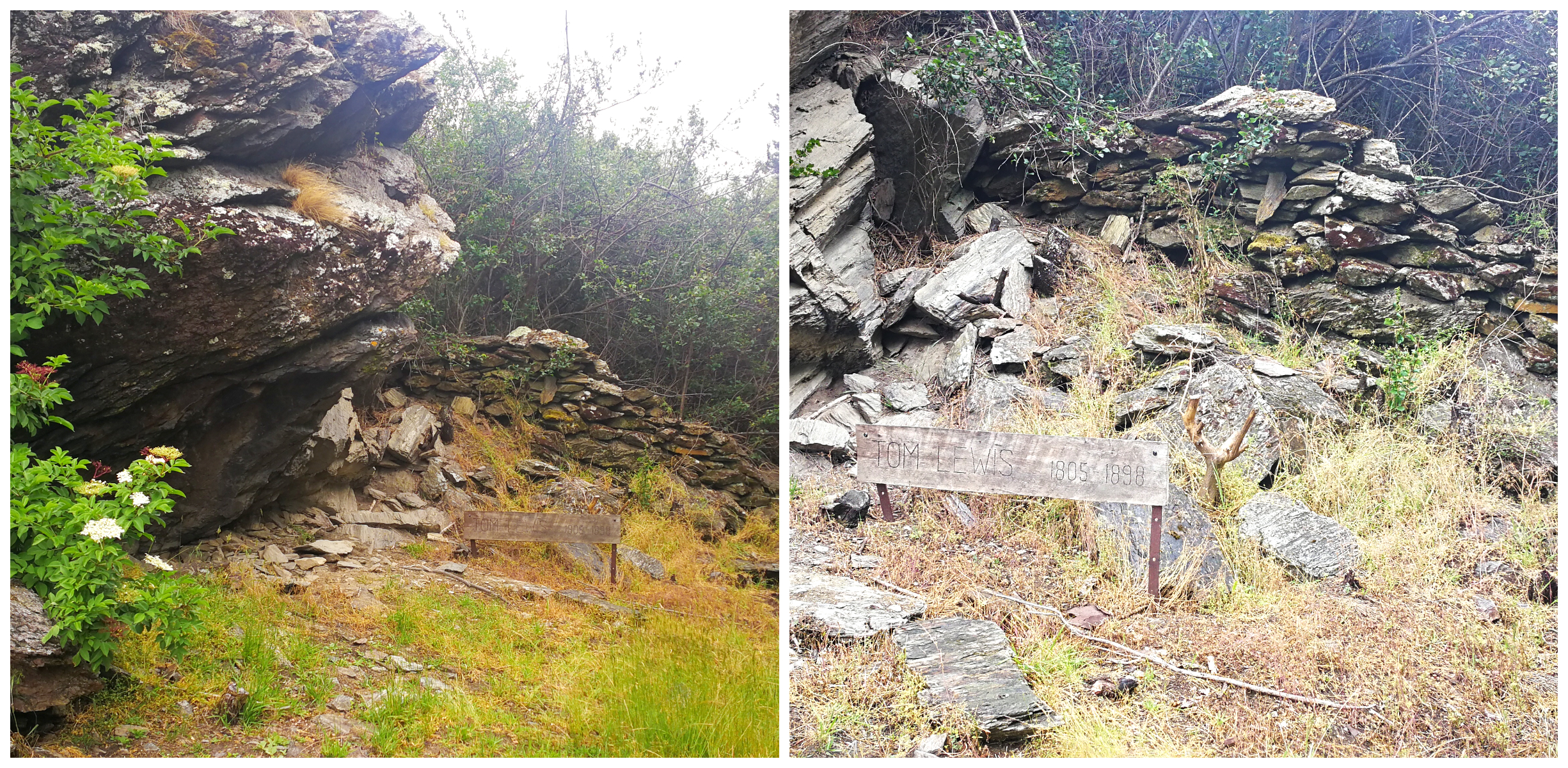
this pile of unassuming rocks was actually the home of a hard-working and hard-drinking miner – Tom Lewis
We continued on past the remains of a Chinese miners settlement with evidence of huts, tailings and even the dog kennel is still intact.
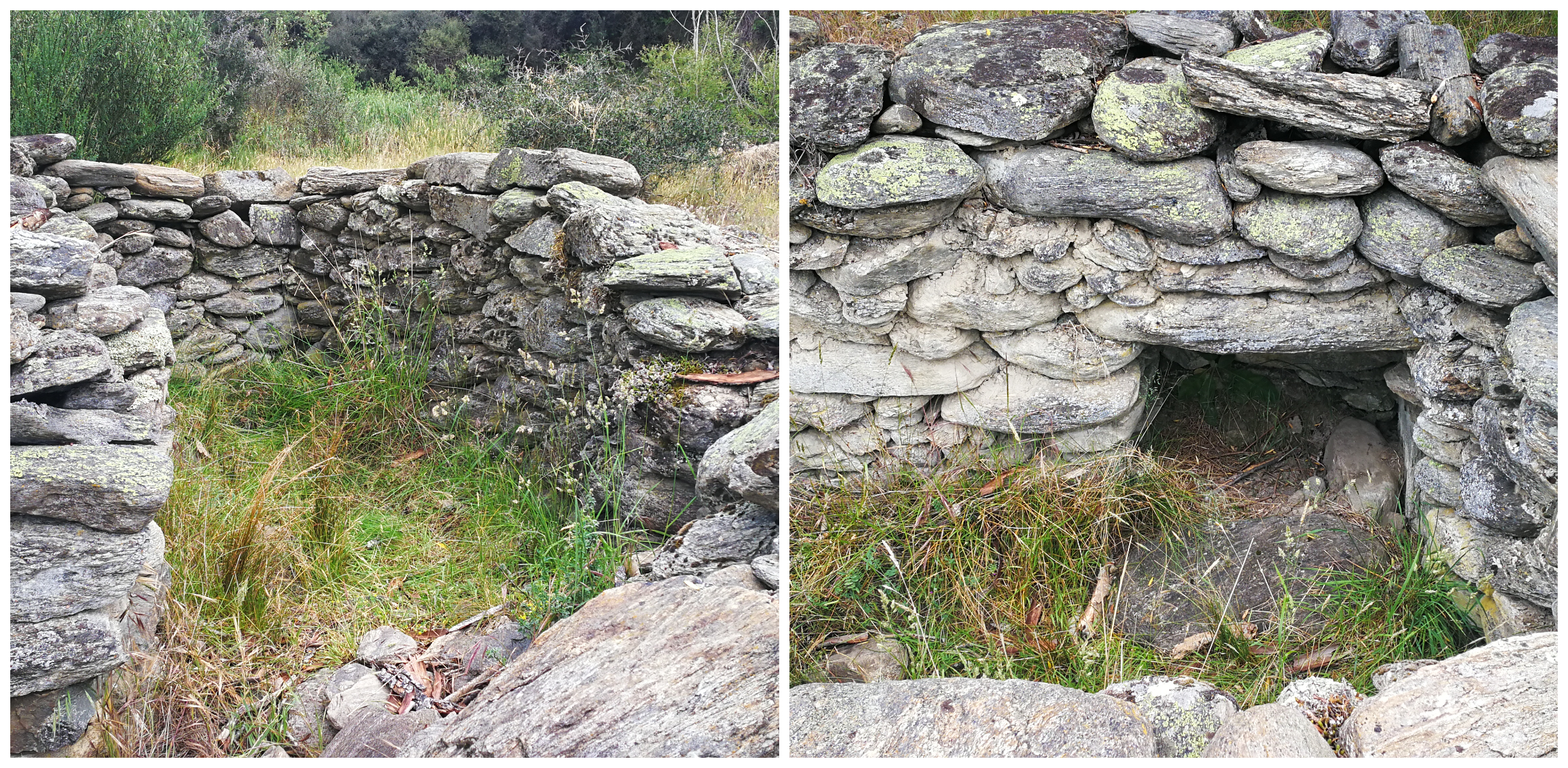
Chinese miners certainly didn’t need much room!
Dykes Dam
Dykes Dam was our final destination. Painstakingly built from local rocks, its life was short-lived. Little now remains of the dam itself as not long after its construction it was washed away when Sowburn River flooded.
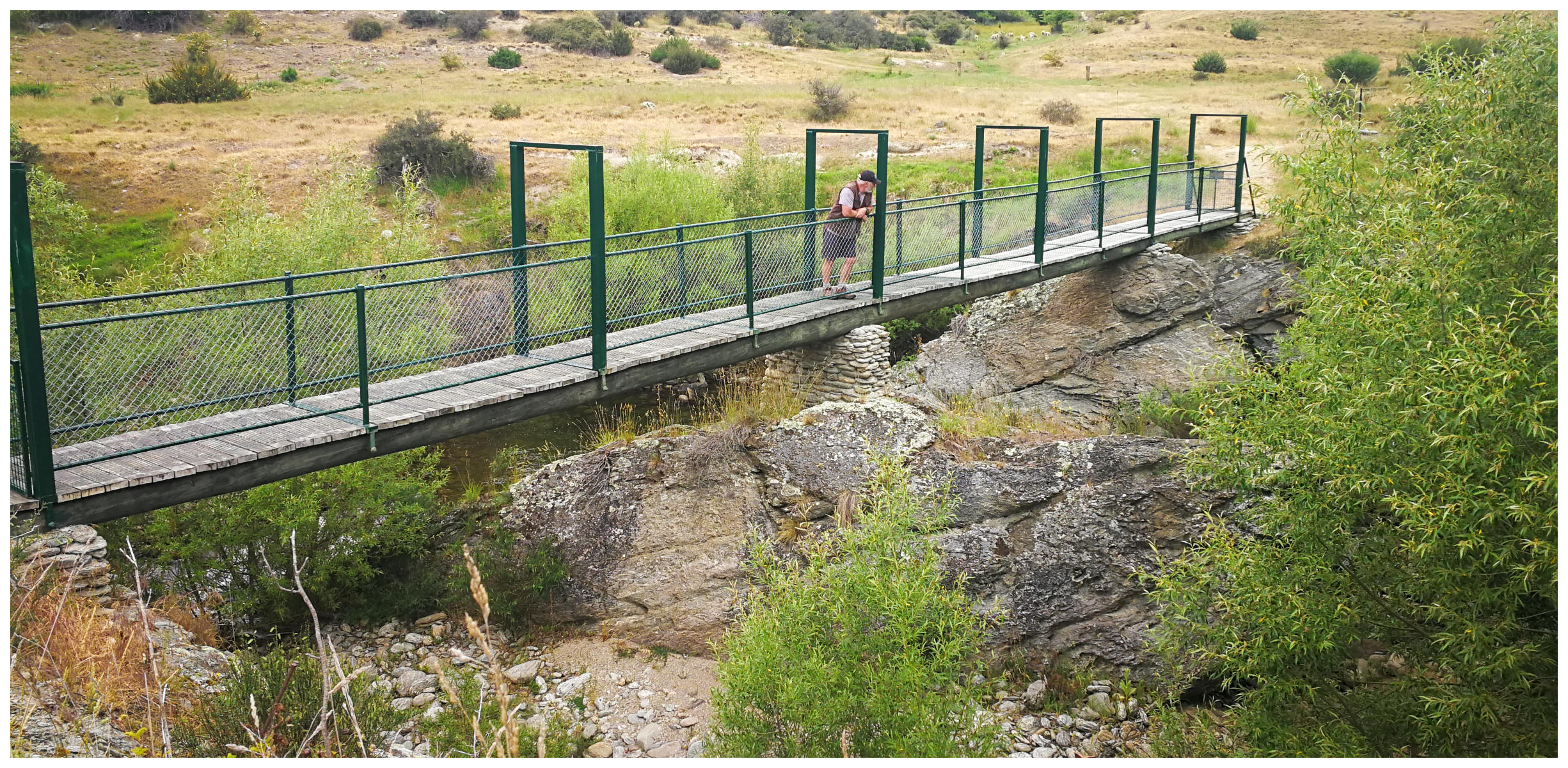
Crossing the bridge will take you to Dykes Dam
It still provided a beautiful backdrop of rocky pools where the water cascaded over the smooth rock faces.
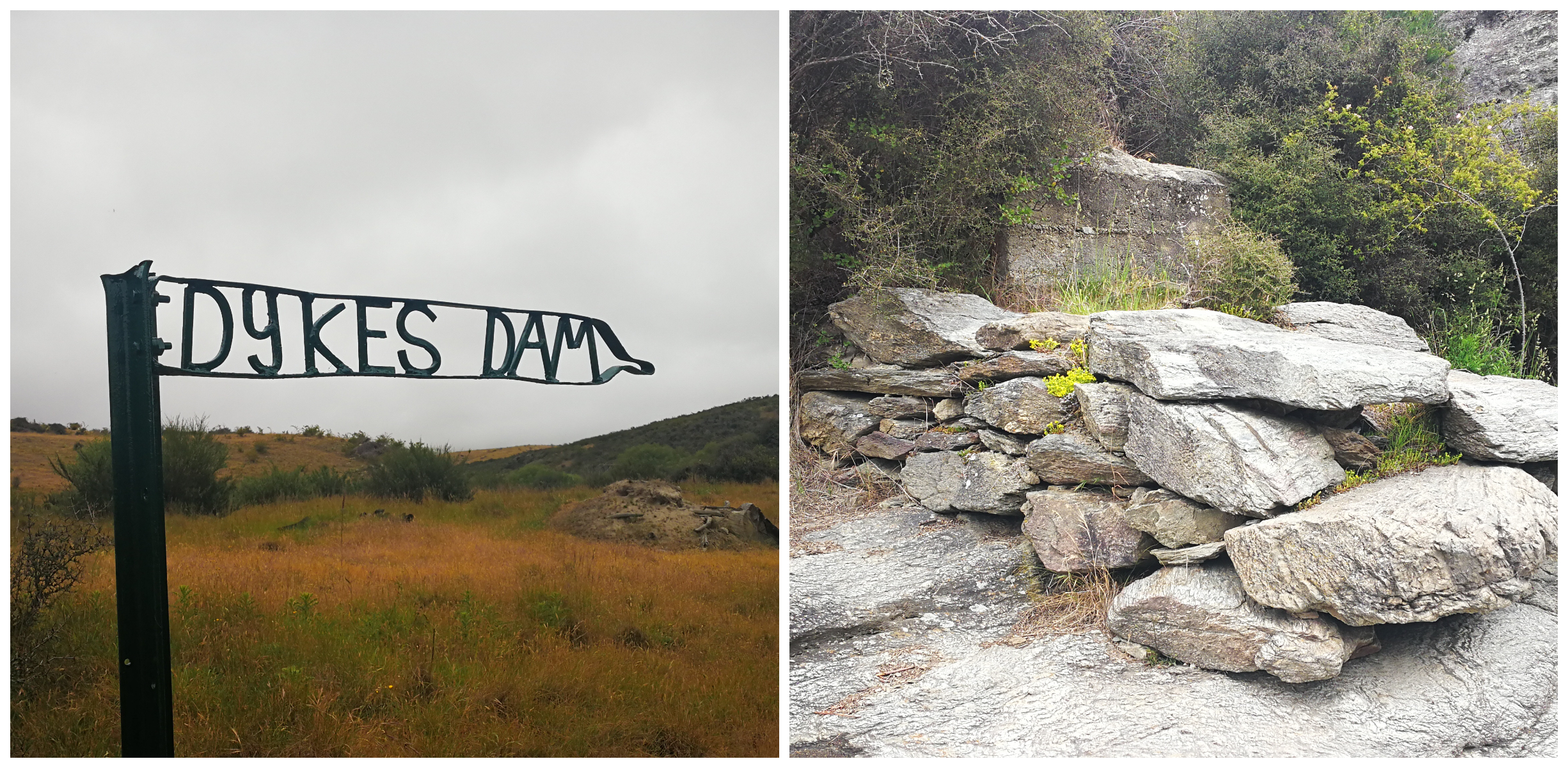
All that is left of Dykes hard work to build the dam
I’m sure it provides much-needed relief to those walkers who chose to take a dip.
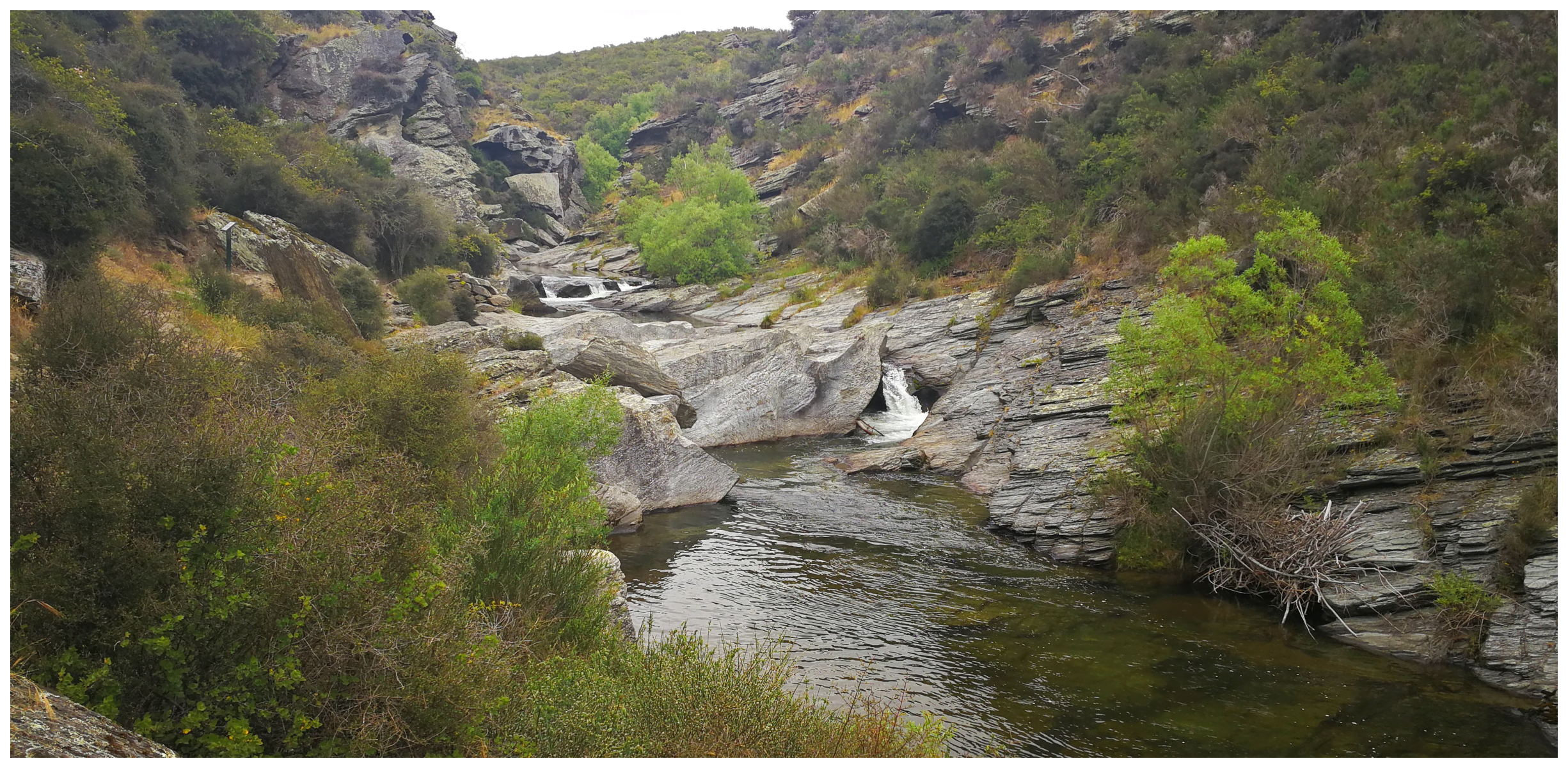
such a beautiful setting with deep green rock pools and cascading water
We returned to our starting point, this time walking along the opposite side of the river which follows an old water race. The entire track took us around 1.5hrs, with plenty of stops along the way.
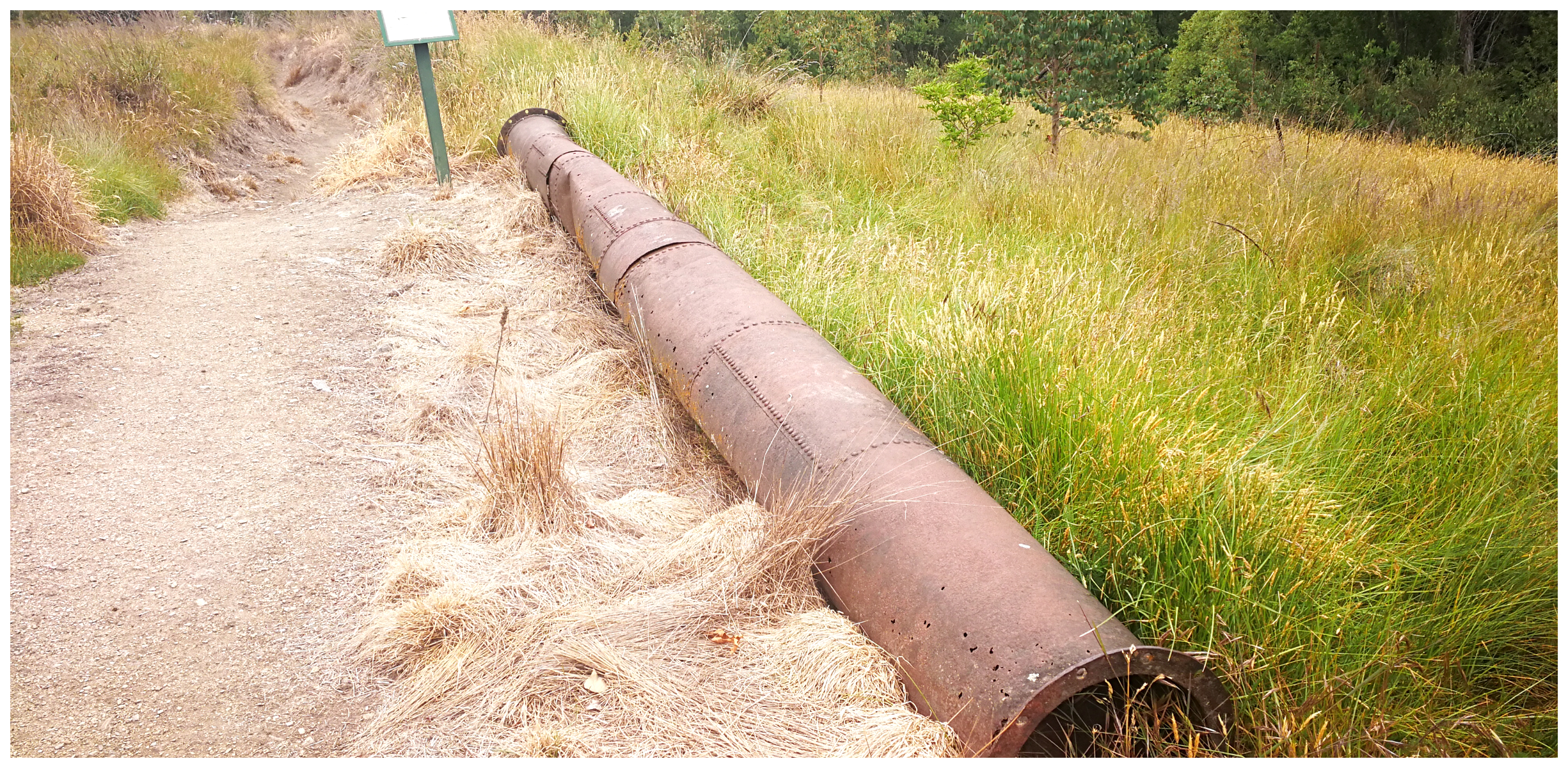
old pipes which lead to the old water race
Summary
Waipiata and its surrounding areas are proof that there is always treasures to uncover, no matter how small and insignificant an area can seem on first impressions. Once again, it is all about peeling back the layers to discover the surprises that lay waiting to be discovered.
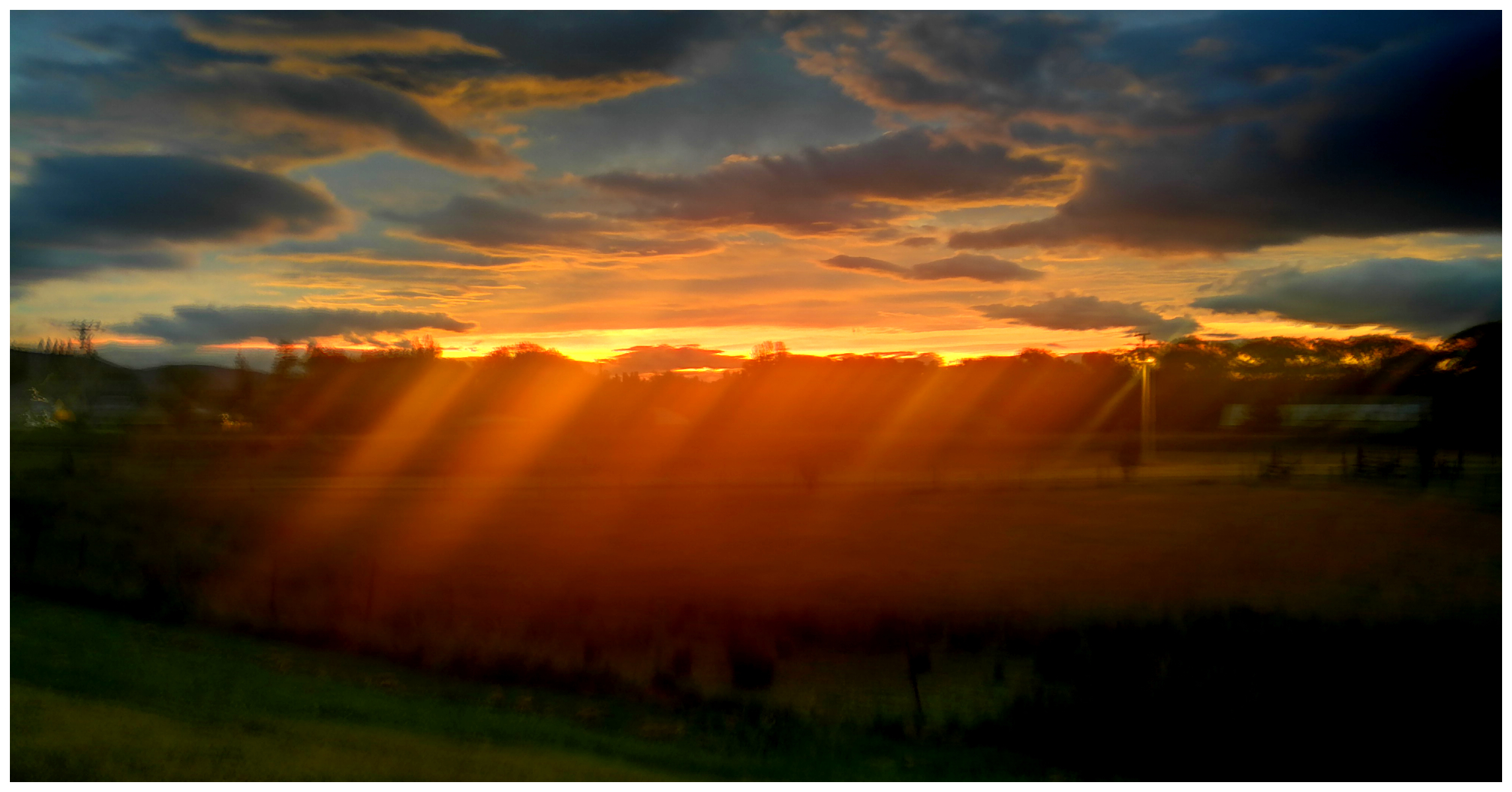
the sun setting across the domain
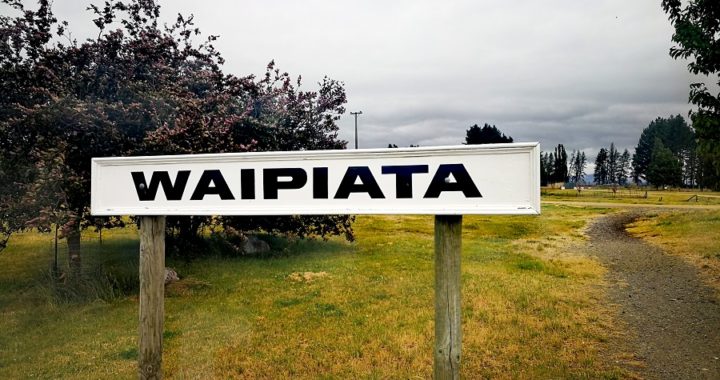
Loved this! Thank you. More please
Thank you! More in the pipeline. L
Thanks guys very interesting read , great that you were able to get so much information about the sanatorium and other buildings on site.
Another area to explore on our next trip Sth.
Thanks Gary, glad you’ve put it on the list to explore next time in the neighbourhood. L
I wondered where the hell waipiata was then Heather reminded me we stayed there a couple of years ago and as you say the pub has great food
The food is sooooo good!!!! L
Hi writer, what does Waipiata mean? 0bviously a Maori word, what is the Maori history of this place which predates your information written here?
Just checked trusty google: Wai: water; piata: glistening or clear. When a railway siding was located here it was intended to call it Komako (a variant of korimako): bellbird, but local residents petitioned the government to have it changed to Waipiata, evidently preferring clear water to bellbirds. We never stop learning eh. L
My parents met there when Dad was a patient and Mum was a nurse at the Sanatorium . We heard many interesting and humorous story’s about the place and how cold it used to get and yes the patients did sleep outside on the balcony’s. Mum in her last few years came out with some real good story’s and lived her last few months as thou she was still in Waipiata. It was obvious that this was her happy place even thou it was not an easy job nursing there with a lot of very sad TB related cases to deal with. Perhaps her caring nature and nursing skills helped Dad and others thru recovery from that horrible disease. Beer was smuggled in with the help of the Railway guards bringing it up from Dunedin on the train and taken up the hill on bicycles in old sugar bags smuggled from the kitchen and concerts, party’s etc must have been beneficial for the patients & staff. Dad was a muso which would have also helped with his treatment along with others. I have visited on occasions and have had a good look around and chats with the new owners and found the Ward wing that Dad was in. I wish now that I had asked a lot more questions before both my parents passed away.
Oh wow, what an interesting insite into life at the Sanatorium. They must have had a lot a memories. Quite special that you managed to visit the ward that your dad was in. Although the conditions and treatments seem harsh, they had a relatively good success rate. Thank goodness for the drugs we have today!
So interesting, there is always plenty to find in these tiny places
Fantastic article. Look forward to more.
Thanks Betty, more coming in the pipeline. L
Another really interesting g post – thanks Linda. We are looking forward to doing a South Is trip at some stage and have quite a few pointers as to great places to visit based on your travels.
Thanks Kevin, glad you are adding to that ever-growing list of things to see. There’s always more to discover that’s for sure! L